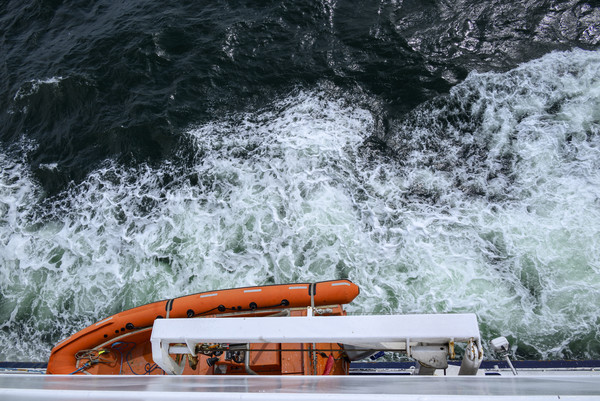The Chernobyl nuclear power plant disaster, the Piper-Alpha oil platform explosion, the sinking of the Herald of Free Enterprise – what do these tragic events have in common?
An ineffective safety culture.
Safety culture issues are a common root cause of many incidents both big and small, past and present. As insurers, we need to have insight into the levels of safety culture that our assureds are operating so that we can more accurately assess risk and provide meaningful loss prevention advice. To gain such insight, we must have good knowledge ourselves of what safety culture is, how to measure it, and how to improve it. This short article is a refresher on safety culture and safety climate, the differences between the two, and why we need to pay attention to them.
Safety culture and safety climate are terms that are often used interchangeably, but whilst they are inextricably interlinked, they have different definitions. Safety culture can be described as ‘the way we do things around here’. It is the value placed on safety and the commitment to safety which influences how things are done on a daily basis. Management/leadership play a pivotal role in creating a strong safety culture, and whilst employees come and go, the underlying safety culture of the organisation should endure. There are five levels of safety culture (from lowest to highest): 1) Pathological, 2) Reactive, 3) Calculative, 4) Proactive, and 5) Generative. On the low end of the scale there is an attitude that it is fine to ignore safety as long as you don’t get caught, and on the other end of the scale investigations are driven by a deep understanding of how accidents happen, near misses are reported and safety development is continuous. Everyone takes personal responsibility for safety and are alert to recognising minor deviations that can lead to larger safety issues.
Safety climate gives a snapshot in time of employee/crew attitudes toward safety and the day-to-day perceived value of safety. As a measurement of safety, it can be described as the manifestation of safety culture. Safety climate is often referred to as the ‘mood’ of the organisation whilst the safety culture is seen as the core personality of the organisation. The five safety climate dimensions are: 1) Management, 2) Safety system, 3) Risk, 4) Work pressure, and 5) Competence. Given that no organisation is identical to another, it is important to know how each customer organisation behaves, and this is where safety climate can be used as an indicator of safety performance. The best way to measure it is by using a survey, for example see MIN 664 (M) for details on a safety climate tool for the maritime industry. Once data has been collected there are opportunities such as being able to benchmark data against industry standards. Those using the safety climate tool have reported greater engagement and commitment to safety with a reduced number of accidents, reduced costs, and better leadership.
